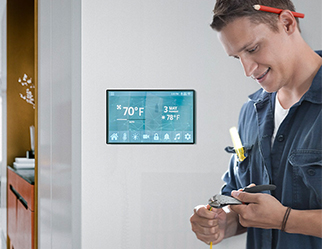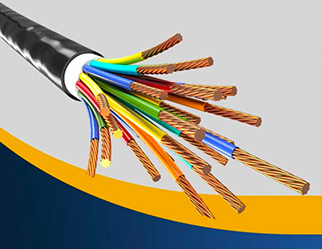The Most Common Types of Low Voltage Wiring Connectors
In today's interconnected world, low-voltage wiring connectors play a vital role in ensuring seamless communication and power transfer between electronic devices. These cable and wire connectors are commonly used in various applications, including consumer electronics, automotive systems, industrial machinery, networking applications and more. In this article, we will delve into some of the most prevalent types of low-voltage connectors, exploring their features, characteristics, uses and more.



